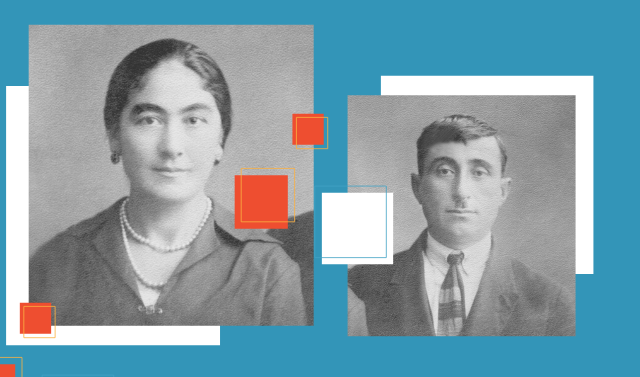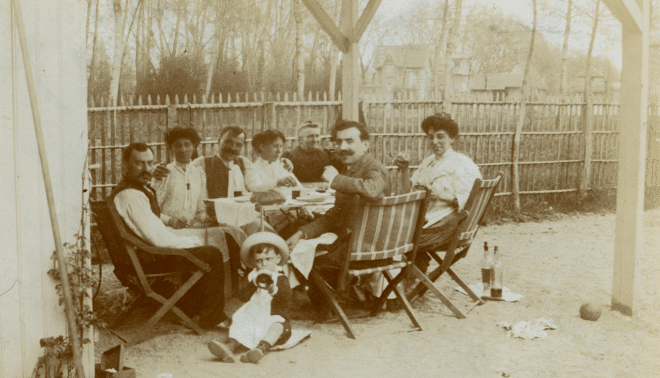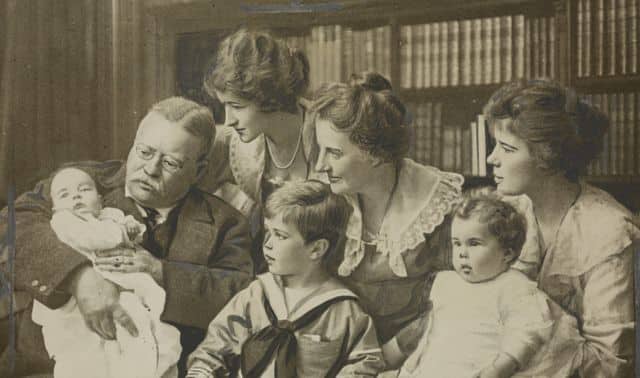Sign up for the Family Tree Newsletter! Plus, you’ll receive our 10 Essential Genealogy Research Forms PDF as a special thank you.
Get Your Free Genealogy Forms
"*" indicates required fields
The term “red flag” is usually used in the context of dating and relationships. (“If he says all of his exes were crazy, that’s a red flag.”) People have their own tastes and opinions of course, but the phrase “red flag” generally refers to universal signs that you should proceed with extreme caution, if at all.
This concept can work in genealogy, too. Just as online dating apps allow people to connect with thousands of people, the internet has made thousands of family trees available to search. And, like dating, there are a few red flags that you can look out for to prevent yourself from getting involved with the wrong research!
1. Information, But No Sources
No sources? Not interested. Sources are the basis for responsible and accurate research. If you want to prove something in genealogy, you need sources. Period. Whether you’re following hints on Ancestry.com or researching elsewhere, make sure whatever information you’re considering adding to your family tree has a source attached.
It’s also important to note that inaccurately sourced information can be just as bad as unsourced information. For example, Ancestry.com hints will list attached sources. However, don’t assume that because there is a source attached the hint is a good one. Take your time and make sure that the source actually supports the information.
Additionally, genealogy websites like Ancestry.com and FamilySearch are NOT sources in and of themselves. If a tree has thousands of ancestors and the only source mentioned is other Ancestry.com trees, that’s a field full of red flags.
2. Logical Errors
Logical errors crop up in everyone’s trees from time to time. However, if you follow a hint to an ancestor profile or family tree that contains logical errors, you should proceed with caution.
Examples of logical errors include ancestors appearing in censuses after their death, ancestors getting married at age 5, twins born on different dates, etc. Logical errors can be sneaky, it’s worth systematically combing through any new information to catch these errors before they take root in your family tree.
3. Connections to Celebrities and Famous Families
It’s an unfortunate truth that people can be biased when making family trees, either to forge a desirable connection with a famous figure or prove an attachment to a certain surname.
If someone claims to be related to someone famous (royalty, military heroes, or Biblical characters), it’s a sign that their research might be less-than-accurate. While it is possible to trace your ancestry to famous persons, it isn’t common. If you encounter a family tree that connects to a well-known individual, it pays to be extra careful.
4. Trees that are Impossibly Old, Improbably Big
Other red flags include trees that claim to stretch back to implausible dates (think 1400s and before). For most Americans whose ancestors immigrated to the United States, it’s possible to find records back the 18th or 17th century. Anything before that depends on a lot of factors including where they immigrated from, record availability, social status, etc.
Finally, be wary of trees that are implausibly large, especially if there are no sources listed. To get an idea of what tree size is “normal” consider this: If someone has traced their direct line back five generations that would equal 30 ancestors in total. If you go back 10 generations that would be 1,022 ancestors. If you include collateral relatives these trees would be much larger. Even so, be wary of any trees boasting thousands of ancestors.
Bottom line: there’s nothing inherently wrong with big trees but you should ask yourself if it’s likely that the tree-maker has done their due diligence for all of those ancestors.
Last updated, February 2025










